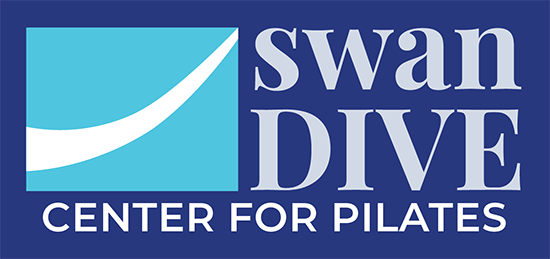Part 2… though we do not have to beat our bodies up or feel like we’ve been hit by a truck after our workouts to see improvement, how do you know when it’s time to ramp things up? And even more specifically, how do you challenge yourself appropriately in your Pilates class?
Balancing the pursuit of personal challenge with safety is a delicate yet crucial aspect of a fitness practice. In any exercise routine, including Pilates, it’s essential to push your physical limits gradually and mindfully. While pushing boundaries can lead to growth and improvement, overextending yourself can result in injury. The key lies in self-awareness and listening to your body’s signals. Recognizing your physical limits involves paying close attention to sensations like discomfort, fatigue, or pain during a workout. It’s vital to differentiate between the normal discomfort associated with pushing your limits and the warning signs of potential harm. The goal is to strike a balance between pushing boundaries and respecting your body’s limits, fostering a progressive and sustainable approach to fitness that promotes long-term health and well-being.
You’ll know you need more of a challenge when you begin to experience a sense of ease and mastery in the current exercises. When movements that used to be demanding become noticeably more comfortable and less challenging, it’s a clear indicator that it’s time to progress. Additionally, if you find that the exercise no longer leaves your body feeling mildly fatigued or with the feeling, “phew, glad that was the last rep!”, it’s a sign that you may be ready to increase the intensity. Challenging yourself during a Pilates class can be a rewarding way to continually progress in strength, flexibility, and overall fitness. To achieve this, it’s crucial to remember a few key tips and apply them to your movements.
- Initiate each movement with your breath, and dig deeper through your exhale.
- In an abdominal curl, when lifting your head, neck and shoulders, lift up just another inch.
- Vary your exercises that are typically done in shelf position. Instead, extend the legs to challenge your core.
- Pause and Hold your positions longer.
- Slow down your movements.
- Stay aware of each movement- do not go on autopilot.
- Adjust the tension:
- When performing exercises utilizing the Reformer, such as planks or other core-centric movements that require you to support your own body weight, employing heavier springs provides a greater degree of assistance from the machine. In pursuit of a heightened level of challenge, adjust the spring tension to a LIGHTER setting, thereby reducing reliance on the springs to facilitate the execution of the exercise.
- For other exercises the heavier the springs, the more work it takes. If you can complete a whole exercise with great form and little challenge, consider trying a heavier spring or switching to the shorter strap instead of the longer strap. Ask your instructor for guidance.
- Here’s a key to the color coding of the springs at Swan Dive Center for Pilates:
Extra Light: Yellow
Light: Blue
Medium: Red
Heavy: Green
Remember, if you want to use a slightly heavier spring tension but changing to the next heavier spring resistance feels like too much, you can always use the original spring but attach it to the “button” instead of the “hook”. This pre-stretches the spring, creating more resistance. If you have questions, ask your instructor to show you before your next class.
Always, listen to the feedback your instructor gives you when making these adjustments. If you are not moving with proper form, maybe the lower back is arching, the wrist is bending or the legs aren’t fully straight, etc, it is a sign that the tension is too heavy for you-at least for now! You can always work up to it. Ultimately, the desire for continual improvement and the ability to increase the challenge safely and mindfully, is part of the fun of a fulfilling Pilates practice.
We are excited to help you enjoy exercise for your lifetime and receive all the wonderful benefits from it!
-Karli Merritt & Wendy Helton
